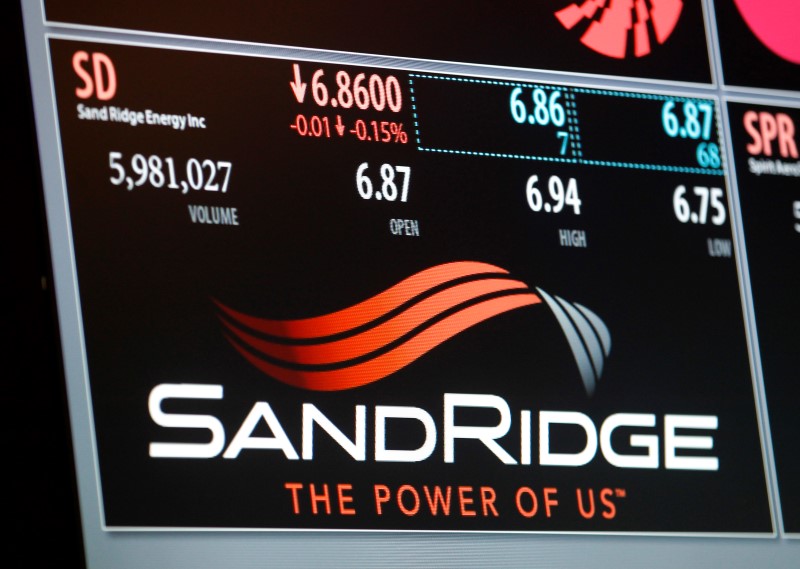By Lynn Adler
NEW YORK (Reuters) - Troubled U.S. energy companies, maneuvering for stronger negotiating positions if filing for bankruptcy, are racing to tap cash still available under existing reserve-based loan commitments before banks cut their credit access next month.
In April, lenders, in semi-annual valuations of oil and gas reserves backing these loans, are expected to cut available credit to many energy companies based on deeply depressed collateral prices.
Earlier in March, Stone Energy (N:SGY) joined a growing pack of companies, including SandRidge Energy (PK:SDOC) and Linn Energy (O:LINE), drawing down the full amount remaining under its credit facility. Stone also said its borrowing base likely will be cut below its current borrowings during the spring redeterminations.
“Every company out there is nervous that if they don’t draw in the next couple of weeks, with determinations coming up, banks will finally start saying ‘no,’” an investor said.
Drawing down cash before banks’ contractual commitments change is a tactic used widely in other previously troubled industries, including autos and airlines.
These “extraordinary draws” are a new concept in the oil and gas sector, said Buddy Clark, partner at Haynes and Boone in Houston.
Without sufficient cash, a company in bankruptcy would typically need debtor-in-possession (DIP) financing.
“When providing a DIP, lenders will want to button down everything that hasn’t already been pledged as collateral,” he said. “Having unencumbered assets in a bankruptcy gives the debtor a bargaining chip with the various constituents at the table, which they would likely have to give up in order to get a DIP loan.”
About one-third of all energy companies may fail unless prices recover, consulting firm Deloitte said last month.
More than a dozen companies, with debt totaling up to US$17bn to US$19bn, are already in default on interest payments, said Clark.
“There’s just an incredible amount of money out there that’s exposed under these reserve-based loans,” he said. “Even if oil prices were to bounce up to US$50 or US$65, a lot of these companies are already mortally wounded. A lot of them are looking for options, and bankruptcy is one of the obvious options.”
Banks are seen clamping down more aggressively on reserve-based lending than last fall, based on extended asset price weakness.
SLIPPERY SLOPE
Stone Energy, one of the most recent examples, in announcing its revolver draw also said it had hired Lazard and Latham & Watkins to help review strategic alternatives.
“Fully drawing down an asset-based loan revolver is a very strong indicator that some sort of bankruptcy or restructuring is coming for troubled commodity sector companies,” said Sharon Bonelli, senior director, leveraged finance, at Fitch Ratings.
Typically, companies exceeding their maximum borrowing base because of a downward redetermination have a set period to reduce overages to get back into compliance.
“They could do that by paying down debt if they could raise new capital, which would be very difficult for an energy company right now from a debt market offering, or they could try to sell an asset,” Bonelli said. “If they can’t reduce the overage, then that’s a default.”
Defaults are seen escalating. The impact will be less in the loan market than in the high-yield bond market, which has at least triple the exposure to oil and gas companies.
ADDING PROTECTIONS
In addition to cutting revolving credit access, and holding more reserves to buffer losses, banks are seen adding new protections.
“Going forward, we’re seeing banks requiring borrowers to agree to new anti-hoarding provisions, which prevent borrowers from drawing down the full amount of availability under their loans and sitting on the cash,” said Clark. “Anti-hoarding provisions permit borrowers to draw what they need to use for operations but not to build a war chest for a company readying itself for bankruptcy.”
Ultimately, new oil and gas company loans will tougher to get, industry experts agree.

“It will be harder for non-energy focused banks to want to participate in the industry, if they have to go fight for their money in this downturn,” the investor said.